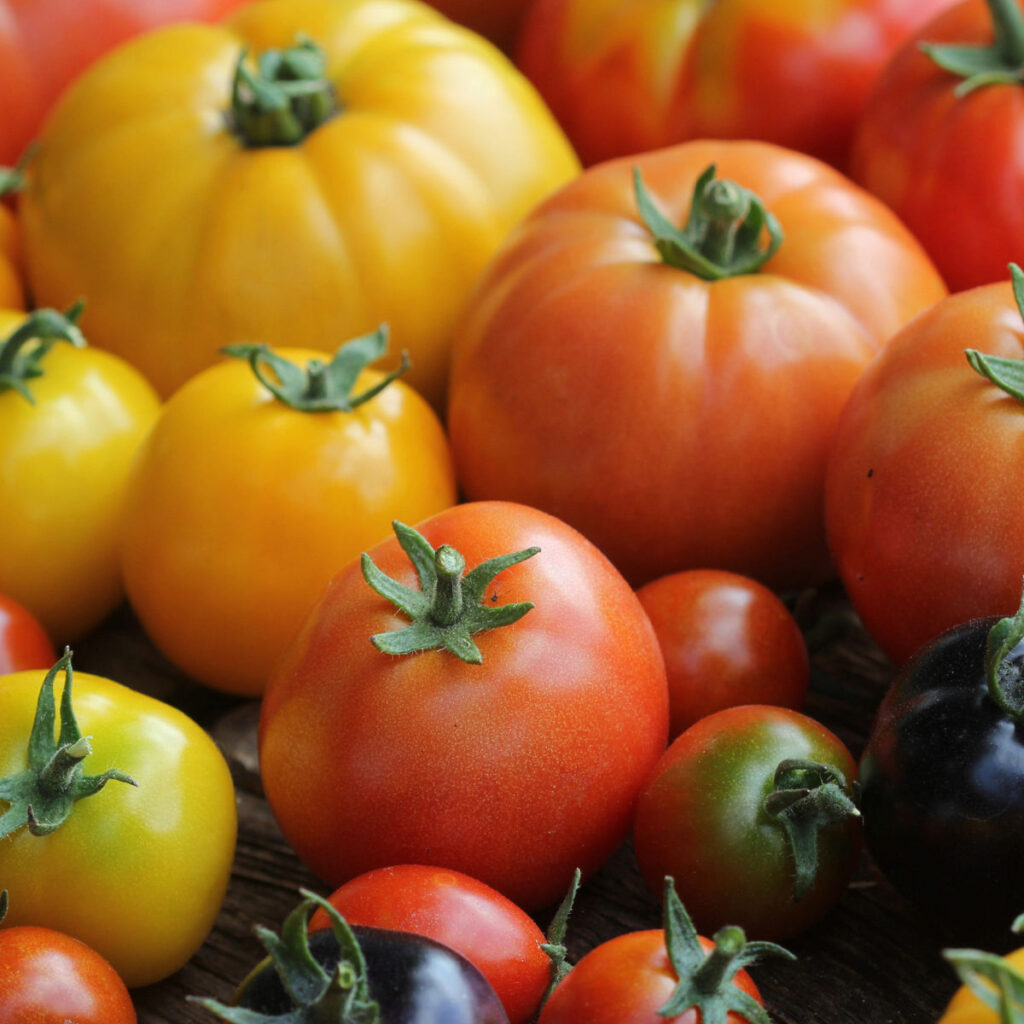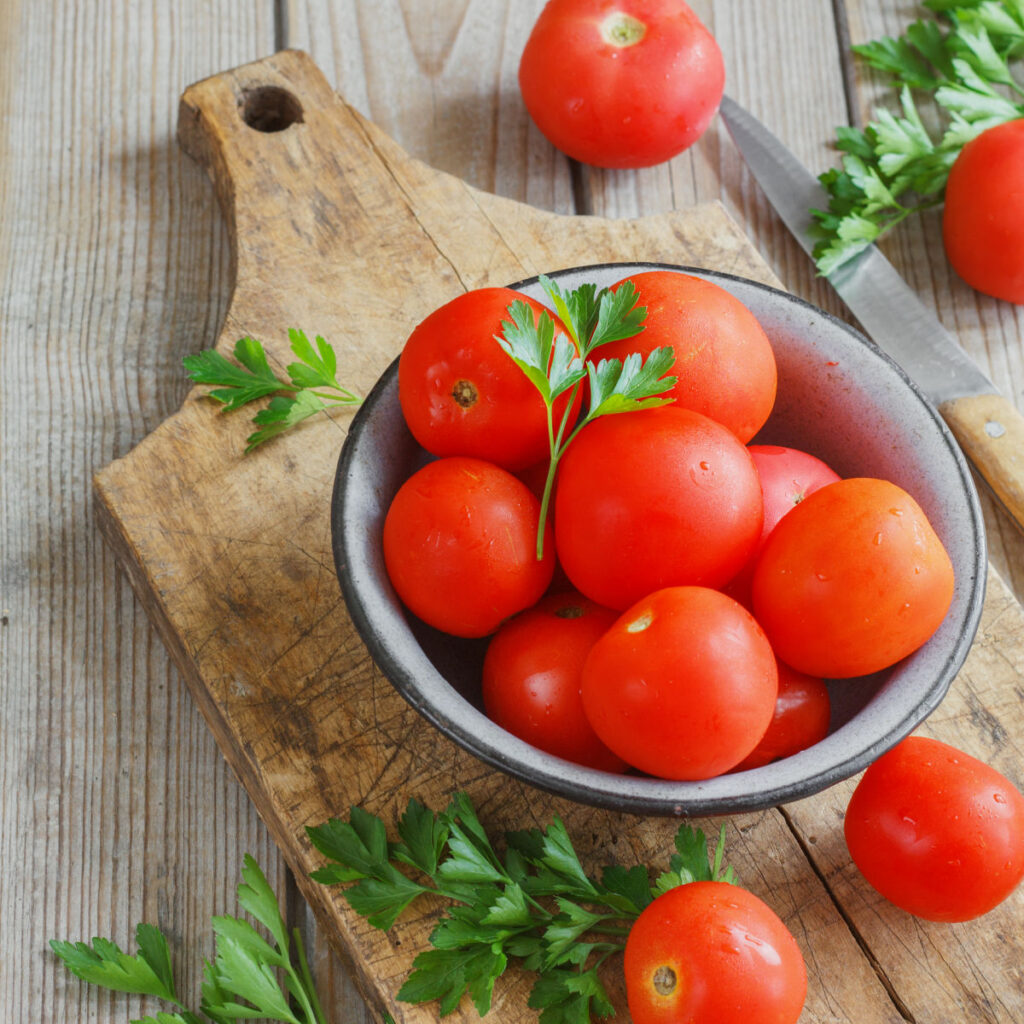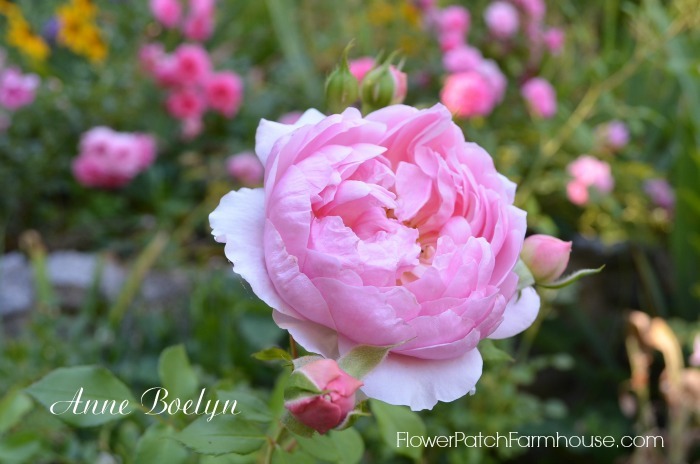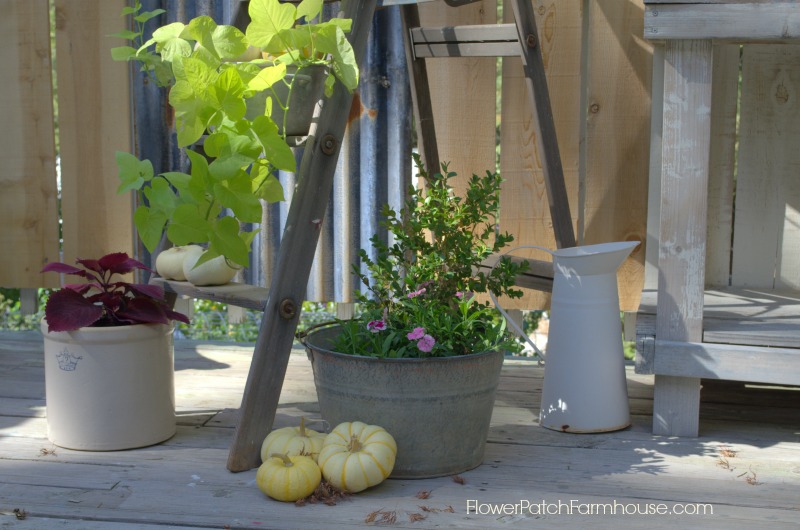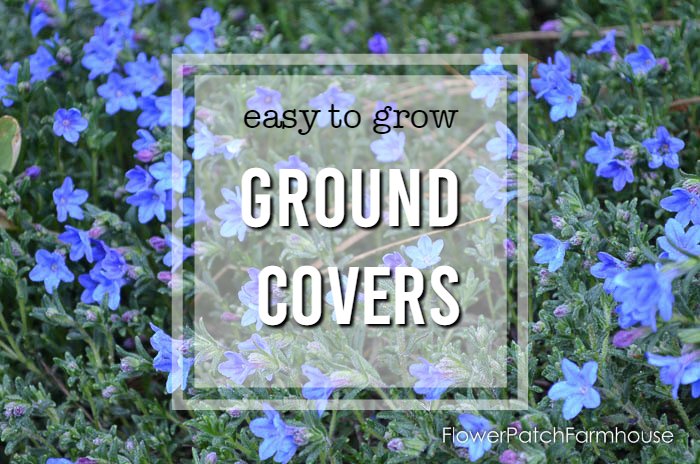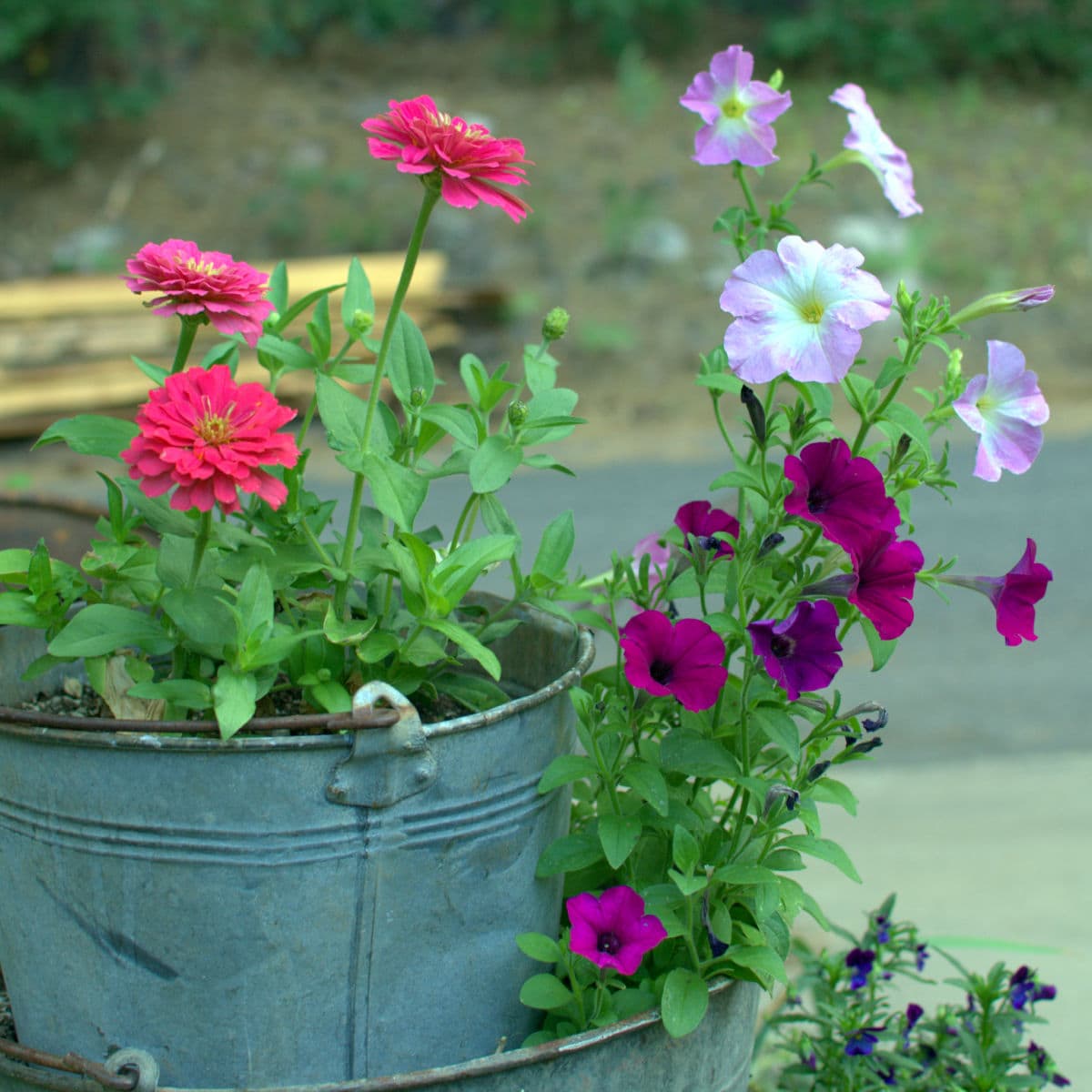Planting Tomatoes
From Seed to Salad: How to Grow Perfectly Ripe and Juicy Tomatoes in Your Backyard!
Have you tried planting tomatoes? Why are tomatoes one of the most popular and widely grown vegetables in the world?
That’s a great question! I love them because they are delicious, versatile, and packed with nutrients.
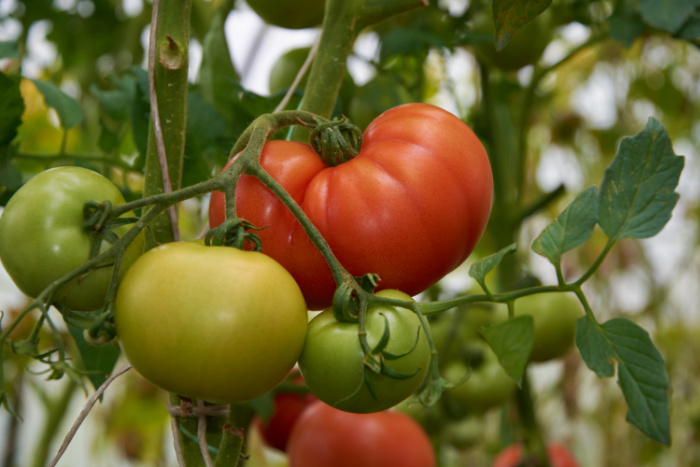
This post contains affiliate links. If you make a purchase after clicking a link I may make a small commission at no cost to you.
In addition to being a staple in many kitchens, they are also a great addition to any garden.
In this blog post, we will discuss everything you need to know about planting tomatoes, including when to plant, how to prepare the soil, how to care for your plants, and how to harvest your tomatoes.
Choosing the Right Tomato Varieties
Before you start growing tomatoes, you need to choose the right varieties.
There are hundreds of different varieties of tomatoes, each with its own unique flavor, texture, and size. When choosing tomato varieties, consider factors such as:
- Climate: Some varieties are better suited for colder or warmer climates.
- Disease resistance: Look for varieties that are resistant to common tomato diseases such as blight, wilt, and mosaic virus.
- Size: Tomatoes come in many sizes, from tiny cherry tomatoes to large beefsteak tomatoes. Choose a size that fits your needs.
- Flavor: Different varieties have different flavors, from sweet to tangy to acidic. Consider your personal preferences.
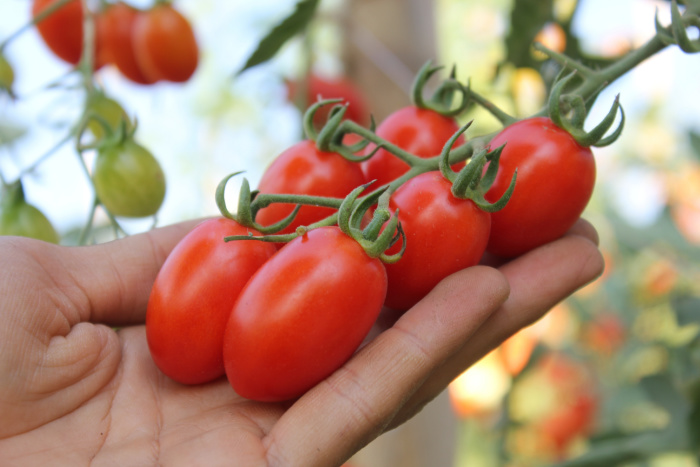
Some popular tomato varieties include:
- Beefsteak: Large, meaty tomatoes that are great for sandwiches and salads.
- Cherry: Small, sweet tomatoes that are great for snacking and salads.
- Roma aka Plum Tomatoes: Small, oblong tomatoes that are great for making sauces and canning.
- Heirloom: Old-fashioned varieties that are prized for their unique flavors and colors.
When to Plant Tomatoes
Tomatoes are warm-weather plants that do best when planted after the last frost of the season and the soil has warmed to 60 degrees.
In most areas, this will be in the spring. The exact timing will depend on your location and climate, not your USDA zone.
Check with your local extension service, a gardening friend, or a gardening center for recommendations on the best time to plant in your area.

Preparing the Soil
Growing tomatoes isn’t difficult but there are a few tips and tricks that will ensure success.
Before planting your tomatoes, you need to prepare the soil. Tomatoes prefer well-drained soil that is rich in organic matter. Here’s how to prepare your soil for planting:
Test the Soil
Use a soil testing kit to check the pH level of your soil. Tomatoes prefer a pH level of between 6.0 and 7.0.
This isn’t essential but can help in determining what you need to do to help your soil. (personally, I have amended my soil so much I skip this part)
Amend the soil:
If your soil is too acidic, add lime to raise the pH level. If it’s too alkaline, add sulfur to lower the pH level. (Only worry about this if your area is known to be extreme in either direction.)
I just add compost, aged manure, or other organic matter to enrich the soil.
Remove weeds:
Remove any weeds or grass from the planting area. They can compete with your tomato plants for nutrients and water.
Loosen the Soil:
Use a garden fork or shovel to loosen the soil to a depth of at least 8 inches. This will help the roots grow deeper and access nutrients and water.
I personally prefer the no-dig garden method in general and I explain why here. But you always need to dig a hole for planting.
All the best garden tips
Build Better Soil, Organically!
Building your organic garden soil is essential for long-term gardening success. Here you will learn the best tricks for great garden soil. Beginner gardener friendly!
Planting Tomatoes
Once you’ve prepared the soil, you’re ready to plant your tomatoes. Here’s how to plant tomatoes:
Dig the holes for the tomato plants:
Dig holes that are slightly deeper and wider than the root ball of your tomato plants. Space the holes 2-3 feet apart.
Add fertilizer. See this post for what is and what isn’t needed!
Some say to add ingredients to the planting hole as a natural fertilizer like eggshells or coffee grounds but most of that is based on garden myths and not sound gardening practice.
Add the plants:
Gently remove the tomato plants from their containers and place them in the holes.
I grow my own tomatoes from seed and I plant them lying sideways. I leave the top of the plant just a few inches above the soil. This encourages more roots to grow along the stem section that is buried beneath the soil.
More roots create a hardier plant for a better chance of success. Watch the video to see.

Cover with soil:
Backfill the holes with soil, pressing down gently to remove any air pockets.
Water the plants:
Give the plants a deep watering to help them settle in and promote root growth.
Best Fertilizer for Tomatoes
Why do we need to know what the best fertilizer for tomatoes is? Tomatoes are one of the most popular vegetables to grow in gardens and containers, but they require specific care to grow and produce healthy fruit.
Caring for Your Tomato Plants
Once your tomato plants are in the ground, you need to care for them properly to ensure a healthy harvest. Here are some tips for caring for your tomato plants:
Watering:
Tomatoes need consistent moisture to grow properly. Water them deeply once a week, or more often during hot, dry weather. Avoid getting water on the leaves, as this can promote disease.
Fertilizing:
Tomato plants need regular feeding to promote healthy growth and fruit development. See this post on good fertilizing practices!
My favorite fertilizer is an organic liquid that not only feeds the plant but it also feeds the soil, which is important to me. Product affiliate link: Agrothrive Organic Fertilizer
Mulching:
Mulching around your tomato plants can help conserve moisture, suppress weeds, and regulate soil temperature. Use a 2-3 inch layer of straw, grass clippings, or leaves.
Staking or Cage:
Most tomato varieties need support to keep the fruit off the ground and to prevent damage to the stem. Use stakes, cages, or trellis to support the plants.
See how I supported my tomatoes quickly and easily last summer! The tomato support starts at the 8-minute mark.
Pruning:
Pruning tomatoes is a hotly debated topic and I cover it in detail in the post, The Myth of Pruning Tomato Plants: Why You Should or Shouldn’t Do It!
Removing the stems from the base of the plant will improve air circulation and help reduce disease. And if you grow companion plants around your tomatoes this helps get them more light.
Pest and Disease Control:
Keep an eye out for common tomato pests and diseases, such as aphids, tomato hornworms, blight, and mosaic virus.
Use interplanting also commonly known as companion planting to lure beneficial insects that prey on destructive pests. It is the most earth-friendly method of controlling pests other than hand-picking.
Affiliate linked product: Companion Planting / Plant Partners Book
Only use insecticidal soap, organic pesticides, or fungicides if you feel you must. Just because something is called organic does not mean it is safe for our garden friends like bees, butterflies, and birds.
Harvesting Tomatoes
Tomatoes are ready to harvest when they are fully ripe and have a deep, rich color. Depending on the variety, it can take 50-100 days from planting for the fruit to ripen. Here’s how to harvest your tomatoes:
- Wait until they are ripe: Tomatoes are ripe when they are firm but give slightly to the touch and have a deep, rich color.
- Twist the fruit: Gently twist the tomato fruit from the stem. Avoid pulling or tearing the stem, as this can damage the plant.
- Store properly: Store ripe tomatoes at room temperature for a few days, or in the refrigerator for up to a week. Do not store them in direct sunlight.
Planting and growing tomatoes is a great way to enjoy fresh, delicious produce right from your own garden.
Grow FLAVORFUL Tomatoes
Tomatoes are a staple in many gardens, but achieving that mouthwatering flavor can sometimes be a mystery. However, with a few simple techniques and a little patience, you can grow tomatoes bursting with flavor!
With the right variety selection, soil preparation, and care, you can grow a bountiful harvest of flavorful tomatoes.
By following these tips, you can ensure that your tomato plants stay healthy and productive throughout the growing season.
All the best recipes
Quick Tomato Cucumber Salad
A great way to enjoy the bounty of your garden. Grow all the main ingredients yourself and enjoy this refreshing salad all summer long!
